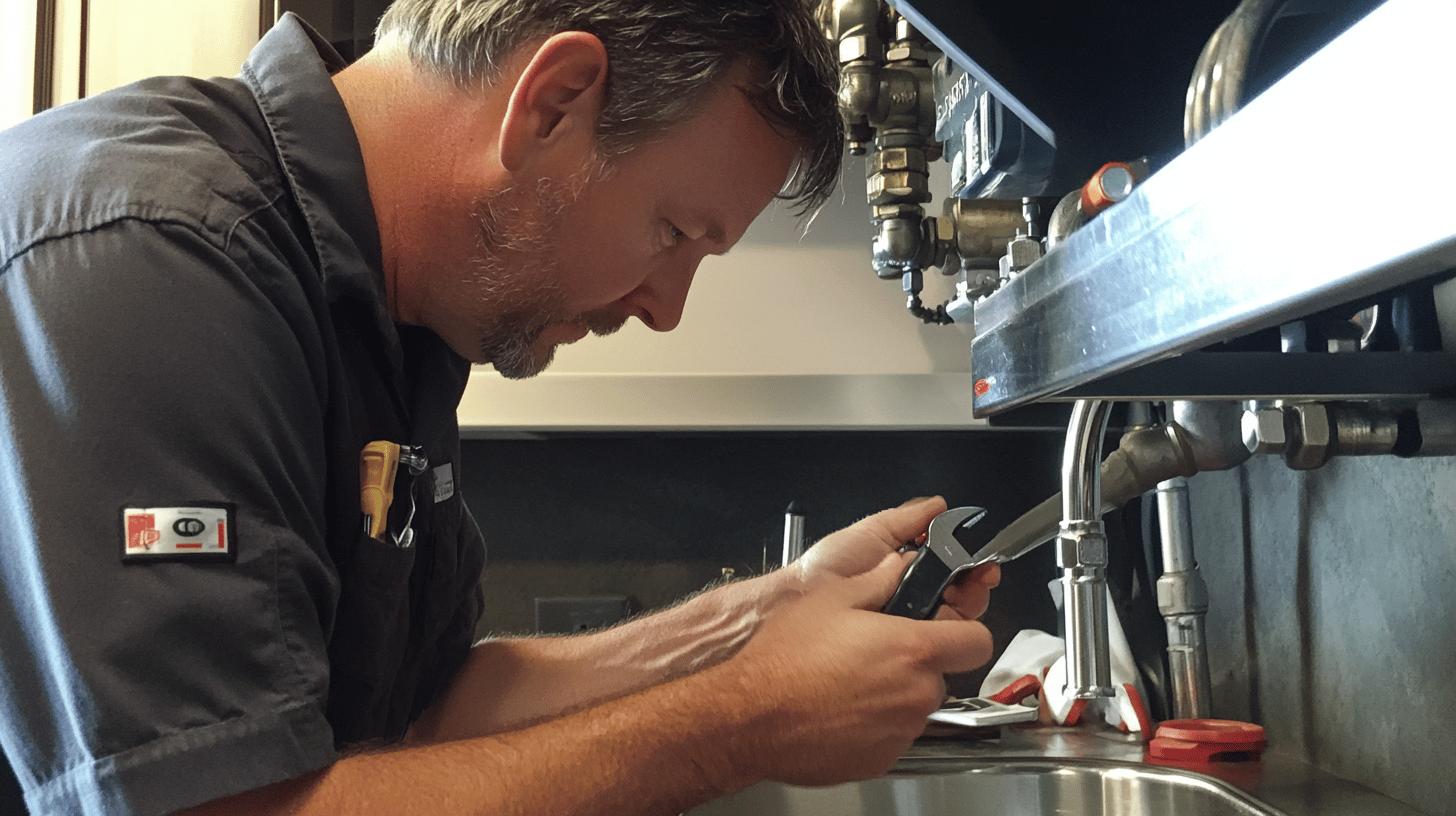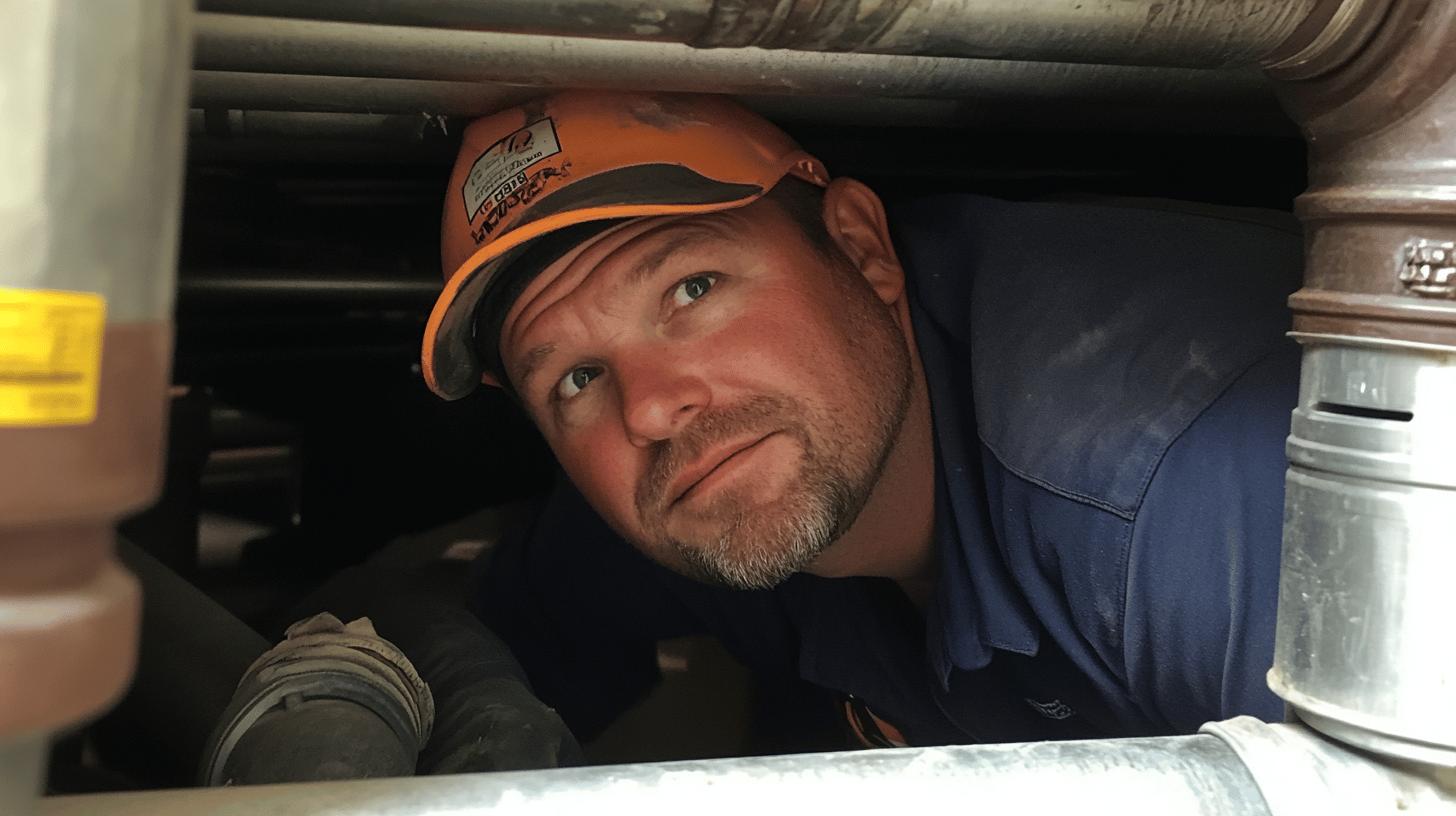TL;DR:
- The DWV system removes waste and maintains air flow in plumbing.
- It consists of three parts: drains (collect water), waste pipes (carry waste), and vent pipes (allow air in).
- Vent pipes prevent vacuum issues and block sewer gases, essential for health.
- Proper DWV design requires code compliance, durable materials, proper venting, and maintenance access.
- Common misconceptions include assuming blockages cause all plumbing issues; poor venting affects efficiency too.
- Maintenance tips: regular leak checks, clean drains, clear vents, conduct inspections, and use enzyme cleaners.
- Hiring professional plumbers ensures compliance and efficient system performance.
Ever think about how your plumbing works without any problems? That’s thanks to the drain-waste-vent (DWV) system, which handles waste removal and keeps air flowing in your pipes. It’s super important for keeping your home clean and free from bad smells. In this article, you’ll learn what the DWV system does, its key parts, and why it’s so crucial for a healthy, odor-free home. Let’s dive in!
Understanding the Drain-Waste-Vent System
The drain-waste-vent (DWV) system is super important for plumbing in homes and businesses. It removes waste and keeps air flowing through the pipes. This system prevents backups and keeps everything running smoothly. Vents balance the air pressure, helping the system work properly.
The DWV system has three key parts: drains, waste pipes, and vents. Drains collect water from sinks and toilets, waste pipes carry it to the sewer, and vents let air in to keep everything flowing.
Maintaining the DWV system is crucial for avoiding bad smells, clogs, and expensive repairs. Vent pipes keep harmful gases out, making your home healthier and more comfortable. Hiring professionals ensures your system works efficiently and meets safety codes.
Components of the Drain-Waste-Vent System

Drains are the starting point of the DWV system. They collect water from sinks, showers, bathtubs, and toilets, each with a trap to block sewer gases. These drains keep your home hygienic and prevent water damage by moving waste away efficiently.
Waste pipes carry wastewater to the sewer or septic system, ensuring smooth flow. Using quality materials and installing them correctly are key to avoiding leaks and blockages, making sure your plumbing stays durable and trouble-free.
- Sinks
- Toilets
- Showers
- Bathtubs
Vent pipes let air into your plumbing system, keeping the pressure balanced and preventing vacuums that can mess with water flow. They also stop sewer gases from getting into your home. Regular maintenance by pros ensures your vents work properly, keeping your system safe and efficient.
The Role of Vent Pipes in the DWV System
Vent pipes keep air circulating, balancing pressure in the system. This ensures wastewater flows without obstruction, avoiding vacuums that stall drainage. They also keep harmful gases out, protecting indoor air and health.
Maintaining vent pipes often needs professional help. Experts handle blockages and ensure effective venting. Regular checks and cleaning keep vent pipes clear, avoiding pressure issues and gas leaks. Professionals identify and fix issues, keeping the DWV system efficient and safe.
| Vent Pipe Type | Description |
|—————-|————-|
| Main Vent | Connects directly to the main drain for air flow. |
| Branch Vent | Extends from fixtures to the main vent. |
| AAV | Allows air in without outside connection. Used in tight spaces. |
Importance of Proper DWV System Design

Following building codes in DWV system design is crucial for safety and efficiency. Codes specify materials and layout to prevent issues like backflow, clogs, and gas leaks. Sticking to these rules helps create a durable, reliable system. A good DWV design includes careful planning of pipe layout, material selection, and venting to ensure smooth drainage and proper pressure balance. Making sure the system is easy to maintain also supports long-term performance.
- Material Selection: Use durable, code-approved materials.
- Proper Venting: Ensure sufficient venting to balance pressure.
- Pipe Slope: Maintain correct slope for gravity-based flow.
- Accessibility: Design for easy maintenance access.
- Code Compliance: Adhere to local regulations.
Hiring professional plumbers is key to a well-designed and maintained DWV system. They handle installation according to code, troubleshoot issues, and make sure the system runs efficiently. This not only boosts performance and extends the system’s life but also helps avoid expensive repairs and health risks down the road.
Common Misconceptions and Maintenance Tips for DWV Systems
Many people think blockages are the main cause of plumbing problems, but issues like poor venting and installation mistakes can also affect efficiency. Knowing how the system works helps in diagnosing and fixing problems correctly. Regular maintenance can prevent blockages and keep everything running smoothly. Routine inspections catch wear and venting issues early, extending the life of your plumbing system and avoiding unexpected breakdowns.
- Regularly check for leaks.
- Clean drains and traps to avoid blockages.
- Ensure vent pipes are unobstructed.
- Conduct routine plumbing inspections.
- Use enzyme-based cleaners for pipe maintenance.
Professional plumbers bring expertise in maintenance and repairs. They can accurately diagnose problems, provide solutions, and ensure repairs meet building codes. By hiring experts, you reduce the chances of recurring issues and keep your plumbing system running safely. Their knowledge helps prevent small issues from turning into bigger, costly problems, saving you time and money in the long run.
Final Words
Understanding the drain-waste-vent (DWV) system is key to keeping your plumbing working smoothly, whether at home or in a business. Drains, waste pipes, and vent pipes all work together to remove waste and keep air flowing properly. Knowing how the DWV system functions helps prevent odors and maintain efficiency. Good design and regular maintenance are essential to avoid common plumbing problems. Trusting professional plumbers ensures everything meets code and runs reliably, so regular upkeep can help you avoid future hassles.
FAQ
What is the function of the drain-waste-vent system?
A: The system’s primary function is to remove waste effectively and maintain air circulation, preventing sewer gases from entering residential and commercial buildings.
What are the components of a drain-waste-vent system?
A: The system consists of drains carrying wastewater, waste pipes transporting waste to the sewer, and vents allowing air into the system to maintain balance.
Why is the vent system important in plumbing?
A: Vents play a crucial role by permitting air entry, which maintains pressure and prevents sewer gases from entering indoor spaces.
What does a vent do for a drain?
A: A vent allows air into the plumbing system, helping drains to maintain proper pressure and ensuring smooth wastewater flow while preventing odor issues.
What is a combination waste and vent system?
A: This system combines waste and venting functions in a single pipeline to simplify plumbing in certain building configurations, balancing efficiency and space utilization.
Where is the sewer vent pipe typically located?
A: Sewer vent pipes usually extend from the building’s roof, allowing gases to escape safely and maintaining proper air circulation in the plumbing system.
What are the functions of the plumbing supply and drain-waste-vent systems?
A: The supply system delivers fresh water to fixtures, while the drain-waste-vent system removes wastewater, maintains air balance, and prevents sewer gas entry.

